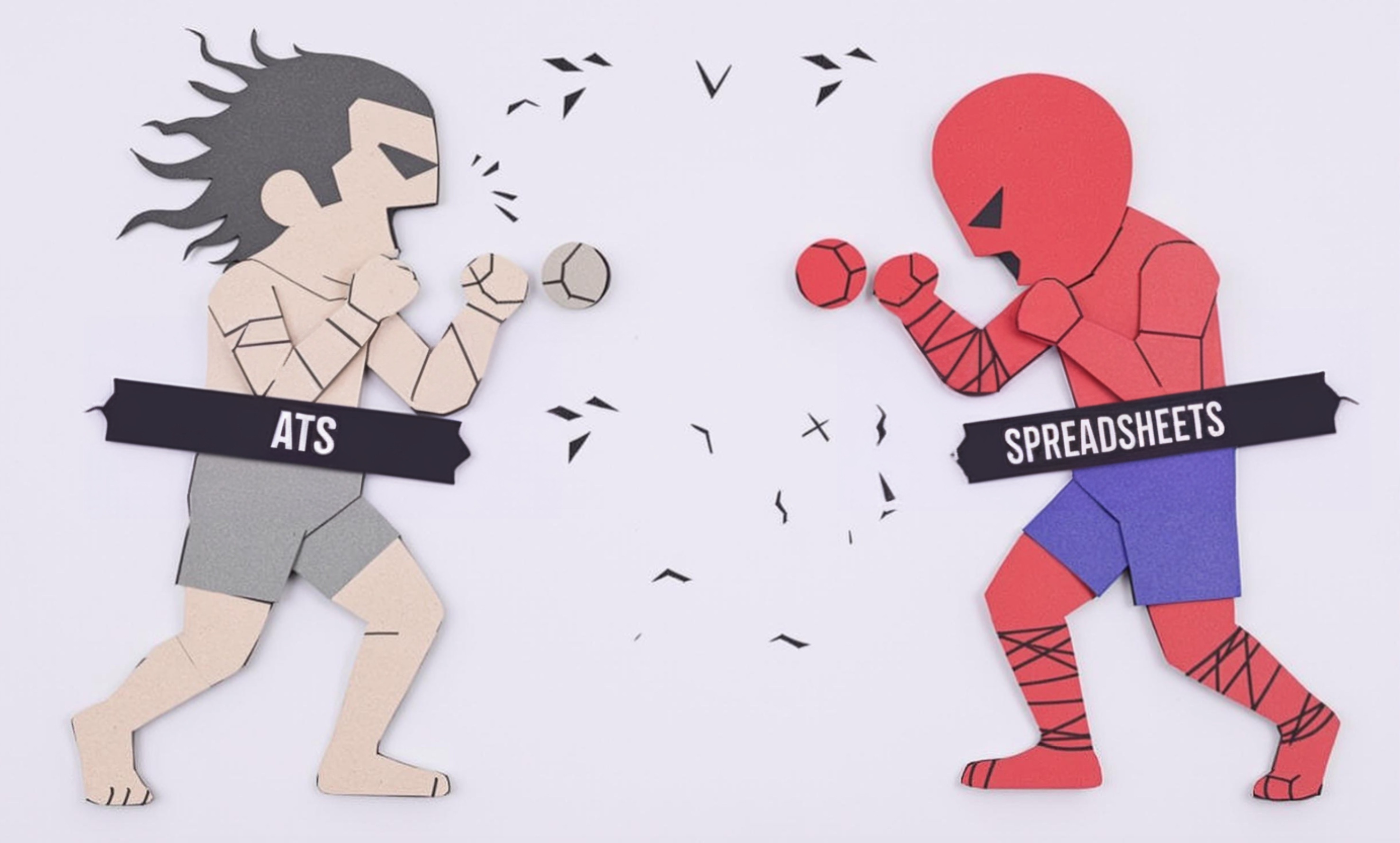
Size Chart
A Size Chart is a standardized guide that fashion designers and manufacturers use to ensure clothing fits correctly across different body types. It's like a reference map showing measurements for different parts of the body and how they correspond to standard sizes (like S, M, L or 2, 4, 6). Fashion professionals use size charts to maintain consistency in their designs, plan production, and help customers find the right fit. Similar terms include "sizing guide," "measurement chart," or "fit guide." This is a fundamental tool in clothing design and production that helps bridge the gap between design concepts and wearable garments.
Examples in Resumes
Developed Size Chart standards for new children's wear collection
Updated company's Size Charts to be more inclusive of diverse body types
Created technical specifications and Size Charts for international markets
Standardized Sizing Guide across multiple product categories
Typical job title: "Technical Designers"
Also try searching for:
Where to Find Technical Designers
Professional Organizations
Online Communities
Job Boards
Example Interview Questions
Senior Level Questions
Q: How would you approach creating a size chart for a new international market?
Expected Answer: A senior professional should discuss research of target market demographics, local size standards, fit preferences, and how to adapt existing charts while maintaining brand consistency. They should mention considering cultural factors and local body types.
Q: How do you handle size chart modifications when entering plus-size or petite markets?
Expected Answer: Should explain the process of grading between sizes, maintaining proportions, and how measurements change across size ranges. Should discuss fit testing and customer feedback implementation.
Mid Level Questions
Q: What factors do you consider when developing a size chart for stretch fabrics versus non-stretch fabrics?
Expected Answer: Should explain how fabric properties affect measurements, wearing ease requirements, and how to adjust measurements based on fabric stretch percentage.
Q: How do you ensure consistency across different product categories using the same size chart?
Expected Answer: Should discuss standardization methods, key measurement points, and how to maintain proportional relationships while adapting to different styles.
Junior Level Questions
Q: What are the essential measurements needed for a basic women's top size chart?
Expected Answer: Should list basic measurements like bust, waist, hip, sleeve length, and shoulder width, and explain why each is important for proper fit.
Q: How do you measure garments for quality control against a size chart?
Expected Answer: Should explain basic measuring techniques, tolerance allowances, and common measuring points on finished garments.
Experience Level Indicators
Junior (0-2 years)
- Basic body and garment measuring
- Understanding standard size ranges
- Reading measurement specifications
- Basic fit assessment
Mid (2-5 years)
- Size chart development
- Grading between sizes
- Fit testing procedures
- Technical specification writing
Senior (5+ years)
- International sizing standards
- Size range expansion strategies
- Fit optimization across categories
- Team training and standardization
Red Flags to Watch For
- Inability to explain basic body measurements
- No experience with size grading concepts
- Lack of understanding of fabric properties' impact on sizing
- No knowledge of industry standard sizing systems
Related Terms
Need more hiring wisdom? Check these out...

Unlocking the Competitive Edge: Benchmarking Your Talent Acquisition Metrics

The Cryptic Secrets of Data-Driven HR: Metrics that Actually Matter (and Some That Might Make You Laugh)

Beyond Borders: Mastering the Art of a Global Onboarding Calendar

